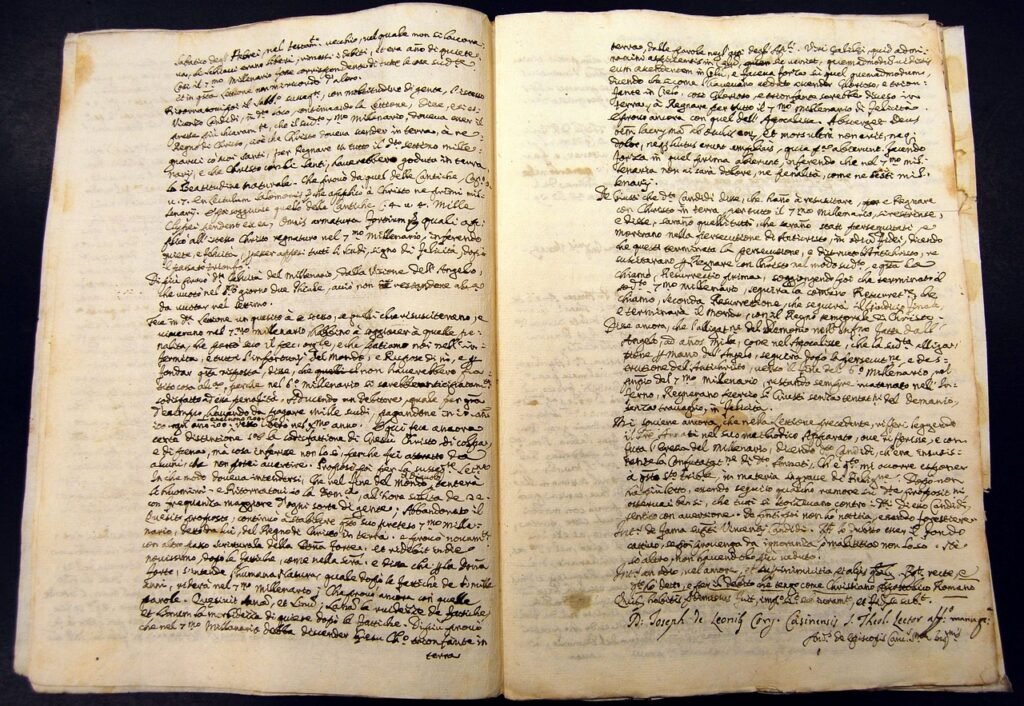




Hannibal Hamlin
Hannibal Hamlin (1809–1891) occupies a unique place in American history as a staunch abolitionist, an early Republican leader, and the first Vice President to serve under President Abraham Lincoln. As a pivotal figure in the political realignments of the mid-19th century, Hamlin contributed significantly to the Union’s efforts during the Civil War.
Early Life and Education
Hannibal Hamlin was born on August 27, 1809, in Paris Hill, Maine, a region that had recently achieved statehood. He was the youngest of seven children born to Cyrus Hamlin, a doctor and farmer, and Anna Livermore Hamlin. The Hamlin family had deep New England roots, and Hannibal’s upbringing emphasized hard work, education, and moral principles (Goodwin, 2005).
Hamlin’s early education was modest, reflecting the limited resources of rural Maine. He briefly attended Hebron Academy, where he honed his skills in debate and writing, traits that would serve him well in his political career. Despite his family’s financial challenges, Hamlin pursued legal studies and was admitted to the Maine bar in 1833. His legal career flourished, and he became a respected attorney known for his integrity and persuasive advocacy (Duberman, 1968).
Entry into Politics
Hamlin’s entry into politics was driven by his passion for justice and his disdain for slavery, an institution he considered fundamentally immoral. In 1836, he was elected to the Maine House of Representatives, where he served for several terms, including as Speaker in 1837 and 1839. During this time, Hamlin established himself as a Jacksonian Democrat, advocating for working-class interests and opposing the influence of powerful elites (Goodwin, 2005).
Hamlin’s commitment to public service led to his election to the U.S. House of Representatives in 1843. As a Congressman, he championed policies that reflected his Northern values, including support for tariffs to protect American industry and opposition to the annexation of Texas, which he viewed as an expansion of slavery (Duberman, 1968).
Shift to the Republican Party
The passage of the Kansas-Nebraska Act in 1854 marked a turning point in Hamlin’s political career. The Act, which allowed for the possibility of slavery in new territories, deeply offended his abolitionist principles. In response, Hamlin broke with the Democratic Party and joined the newly formed Republican Party, becoming one of its most prominent leaders in New England (Trefousse, 1998).
Hamlin’s political realignment underscored his steadfast opposition to slavery and his belief in the principles of liberty and equality. His switch to the Republican Party also reflected the broader political realignments of the era, as the nation grappled with the divisive issue of slavery. In 1857, he was elected Governor of Maine, but he served only briefly before resigning to return to the U.S. Senate, where he continued to advocate for abolitionist policies (Duberman, 1968).
Vice Presidency and the Lincoln Administration
In 1860, Hamlin was selected as Abraham Lincoln’s running mate in the presidential election. The Republican Party’s decision to pair Lincoln, a moderate from Illinois, with Hamlin, an outspoken abolitionist from Maine, was a strategic move to balance the ticket geographically and ideologically. Hamlin’s reputation as a principled and experienced leader made him an asset to the campaign (Trefousse, 1998).
The Lincoln-Hamlin ticket won a decisive victory in the election, signaling the emergence of the Republican Party as a dominant political force. As Vice President, Hamlin played a relatively limited role in the administration. The Vice Presidency at the time was largely ceremonial, and Lincoln did not include Hamlin in his inner circle of advisors. Nevertheless, Hamlin used his position as President of the Senate to advocate for the Union’s war effort and support legislation aimed at abolishing slavery (Goodwin, 2005).
Hamlin’s tenure as Vice President coincided with the nation’s descent into the Civil War. His unwavering commitment to the Union and his tireless efforts to promote emancipation underscored his dedication to the Republican cause. However, despite his contributions, Hamlin was replaced as Lincoln’s running mate in 1864 by Andrew Johnson, a Southern Democrat chosen to appeal to pro-Union Southerners (Trefousse, 1998).
Post-Vice Presidential Career
After leaving the Vice Presidency in 1865, Hamlin continued to serve the public in various capacities. He returned to the U.S. Senate, where he remained a vocal advocate for Reconstruction policies and the rights of freedmen. Hamlin’s legislative efforts during this period reflected his commitment to ensuring that the Union’s victory in the Civil War translated into meaningful social and political change (Duberman, 1968).
In 1869, President Ulysses S. Grant appointed Hamlin as Minister to Spain, a position he held for two years. While Hamlin’s time in Spain was relatively uneventful, it marked a significant milestone in his career as a statesman. Upon returning to the United States, he retired from public office but remained active in Republican Party politics and continued to champion civil rights and social justice (Trefousse, 1998).
Legacy and Later Years
Hannibal Hamlin’s later years were marked by reflection and recognition of his contributions to the nation. As one of the early leaders of the Republican Party, he played a crucial role in shaping its principles and policies. His unwavering opposition to slavery and his dedication to the Union left an indelible mark on American history (Goodwin, 2005).
Hamlin spent his final years in his beloved Maine, where he remained active in civic and community affairs. He passed away on July 4, 1891, fittingly on the anniversary of the nation’s independence. Hamlin’s legacy as a principled and courageous leader endures, reflecting his steadfast commitment to justice and equality during one of the most challenging periods in American history (Duberman, 1968).
Final Summary
Hannibal Hamlin’s life and career epitomize the transformative power of principled leadership. From his early days as a lawyer in rural Maine to his tenure as Vice President during the Civil War, Hamlin consistently championed the ideals of liberty and justice. His legacy as an abolitionist, a founding leader of the Republican Party, and a steadfast advocate for the Union underscores his enduring importance in American history. Hamlin’s story is a testament to the impact that moral conviction and political courage can have on shaping the course of a nation.
References
Duberman, M. B. (1968). Hannibal Hamlin: A Biography. Boston: Houghton Mifflin.
Goodwin, D. K. (2005). Team of Rivals: The Political Genius of Abraham Lincoln. New York: Simon & Schuster.
Trefousse, H. L. (1998). The Radical Republicans: Lincoln’s Vanguard for Racial Justice. Baton Rouge: Louisiana State University Press.
Whitman, A. (1989). Lincoln and Hamlin: The Forgotten Partnership. Chicago: University of Chicago Press.
Woodward, C. V. (1951). The Strange Career of Jim Crow. New York: Oxford University Press.